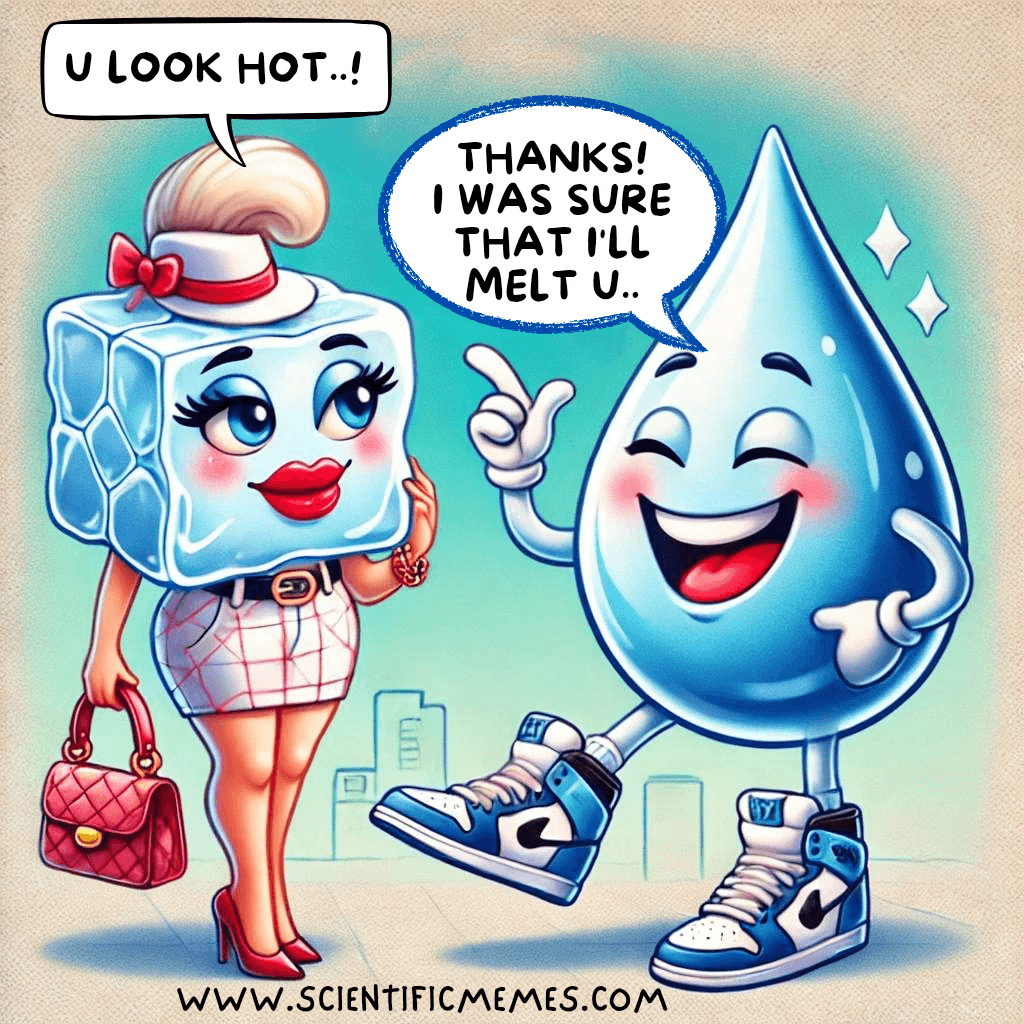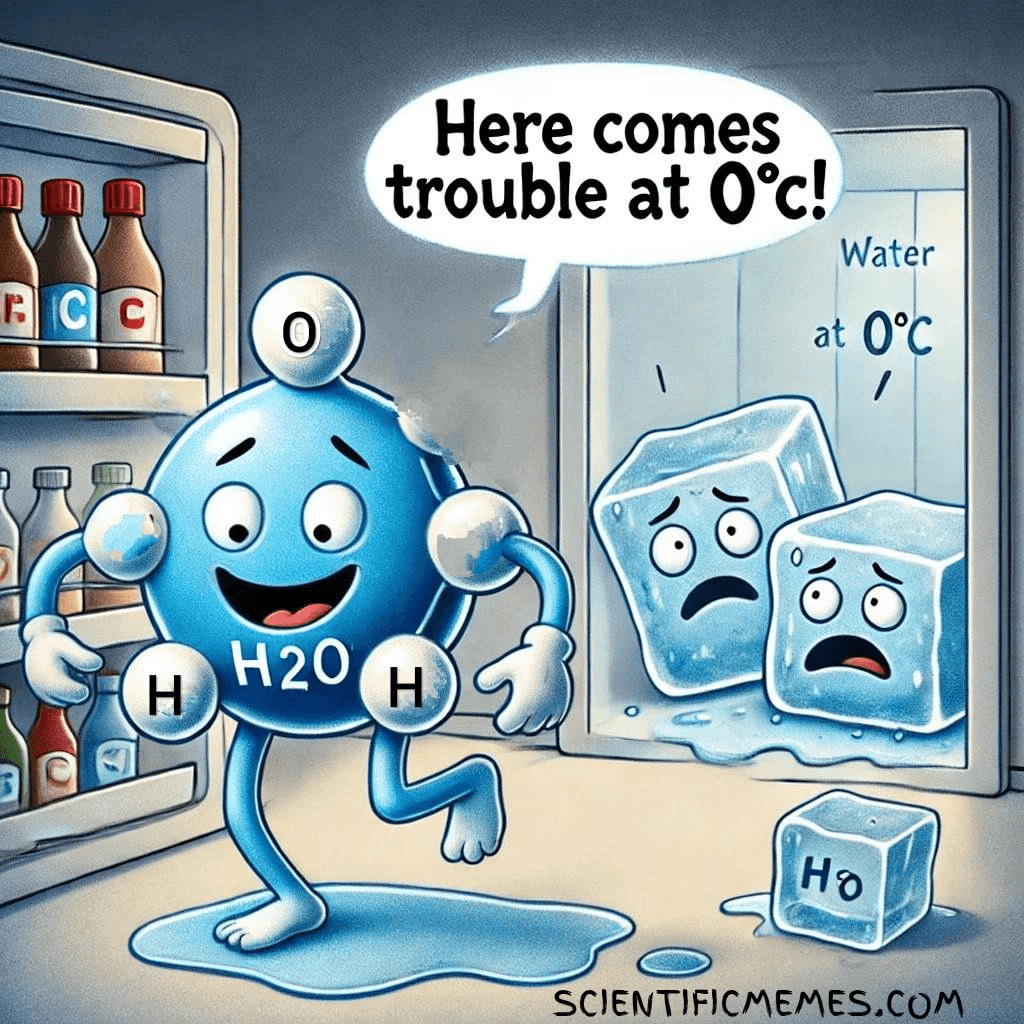Science is full of mind-blowing discoveries and phenomena that shape our understanding of the world. Here are 100 interesting science facts that will amaze you! Whether you’re a science enthusiast or just curious, these amazing facts about science will leave you fascinated.
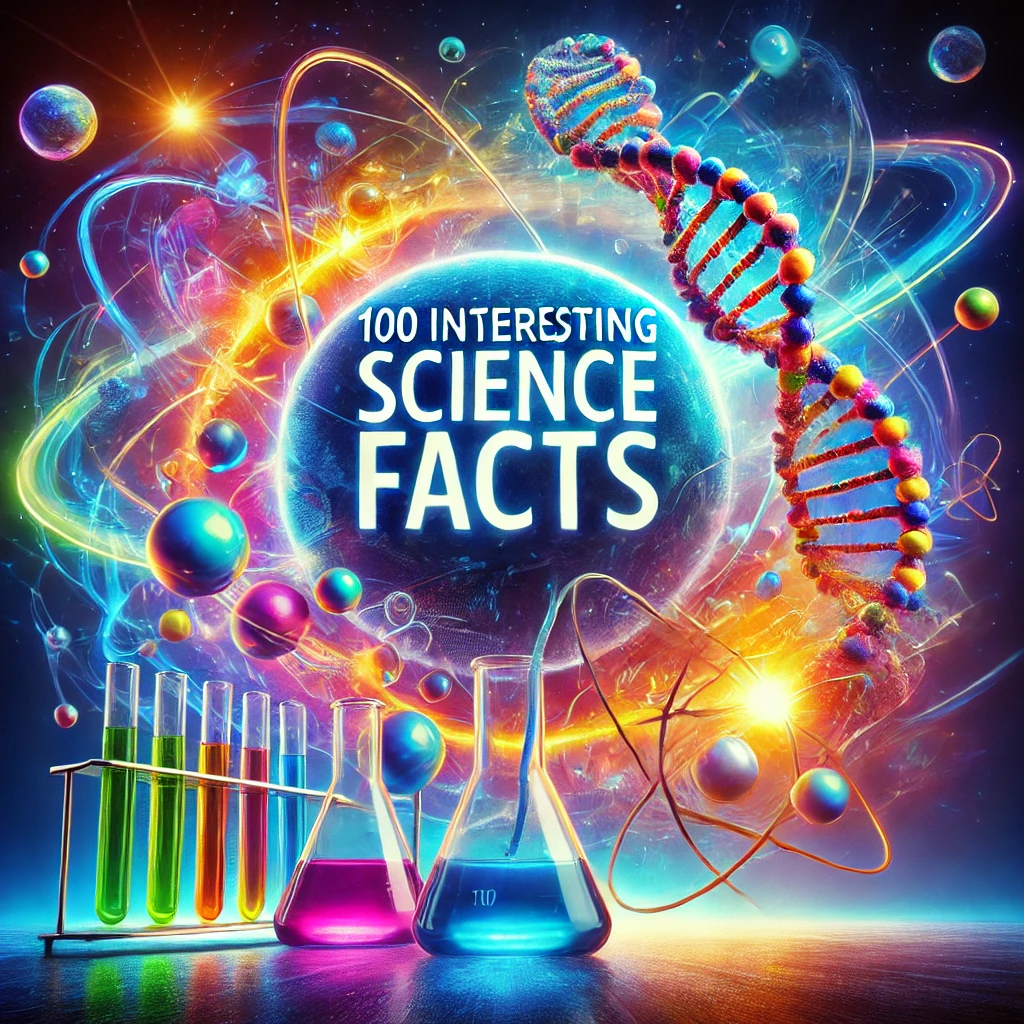
1-10: Mind-Blowing Space Facts
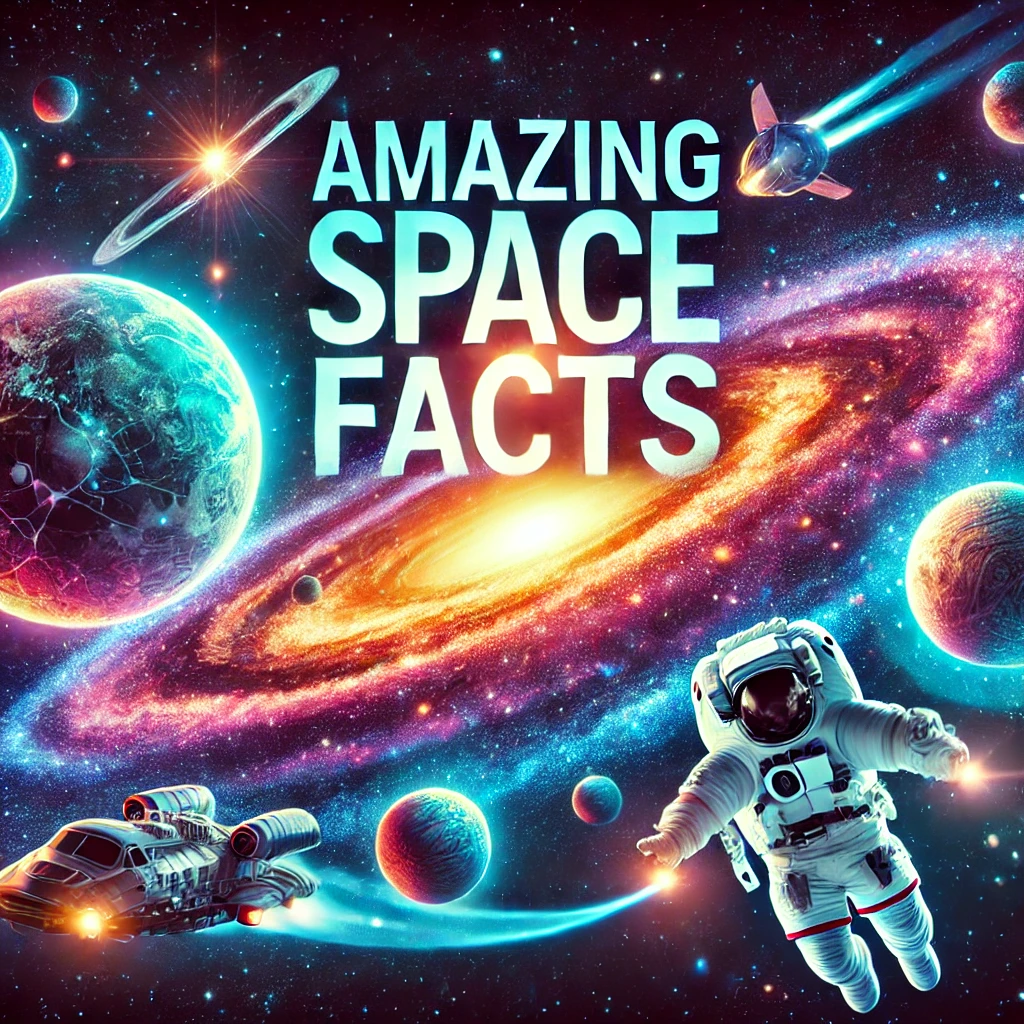
1. A day on Venus is longer than its year.
2. Neutron stars are so dense that a sugar-cube-sized amount would weigh as much as a mountain.
3. Space is completely silent because there’s no air to carry sound waves.
4. There are more stars in the universe than grains of sand on Earth.
5. The sun accounts for 99.8% of the mass in our solar system.
6. If two pieces of the same metal touch in space, they will permanently bond—a phenomenon called cold welding.
7. Saturn’s moon Titan has rivers, lakes, and seas of liquid methane and ethane.
8. A teaspoon of a black hole would weigh billions of tons.
9. The footprints on the Moon will remain for millions of years due to the lack of wind and water.
10. Jupiter’s Great Red Spot is a storm that has been raging for over 350 years.
11-20: Fascinating Human Body Facts
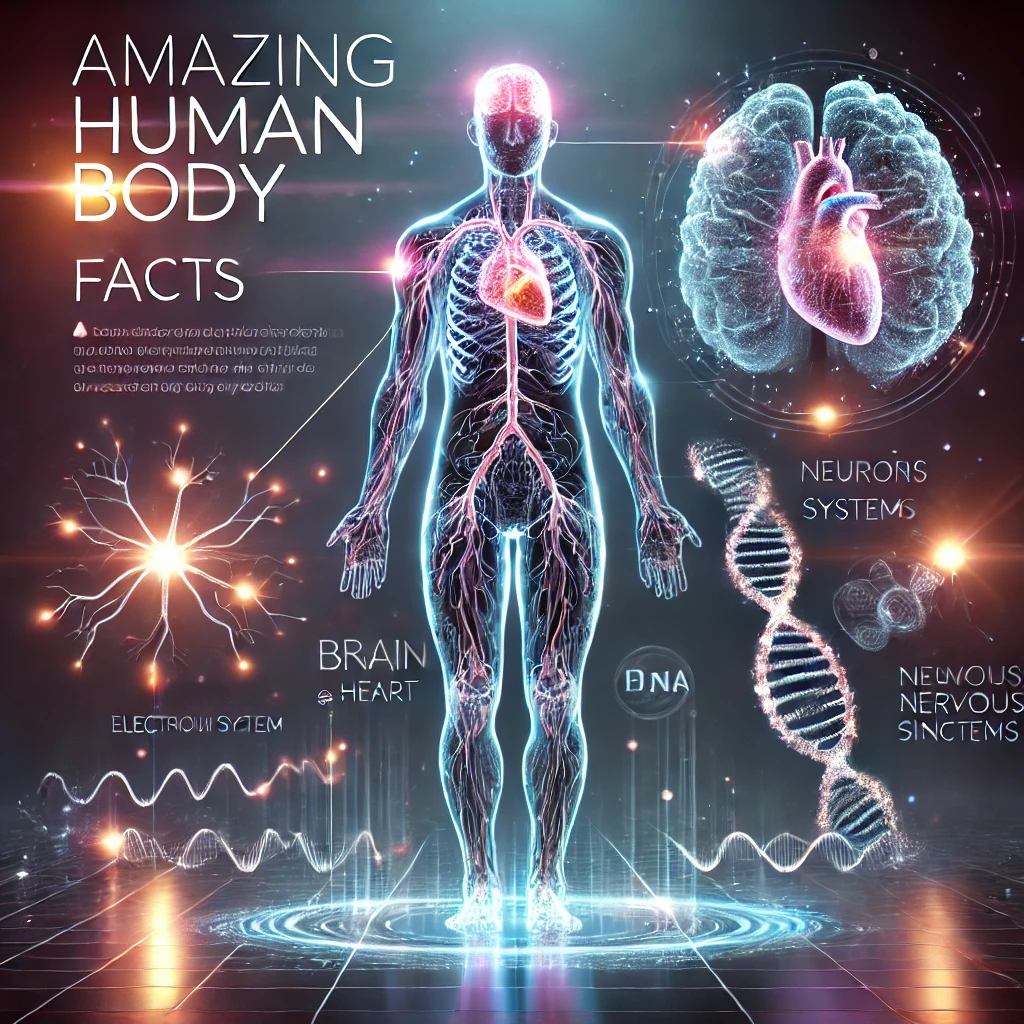
11. Your body contains about 37.2 trillion cells.
12. The human brain generates enough electricity to power a small light bulb.
13. Your bones are about five times stronger than steel.
14. The acid in your stomach is strong enough to dissolve stainless steel.
15. You blink around 20 times per minute, which is about 10 million times a year.
16. The human nose can detect over 1 trillion different scents.
17. Your heart beats about 100,000 times a day.
18. Your skin replaces itself completely about every 27 days.
19. The human liver can regenerate even if 75% of it is removed.
20. Your small intestine is about 22 feet long.
21-30: Incredible Nature Facts
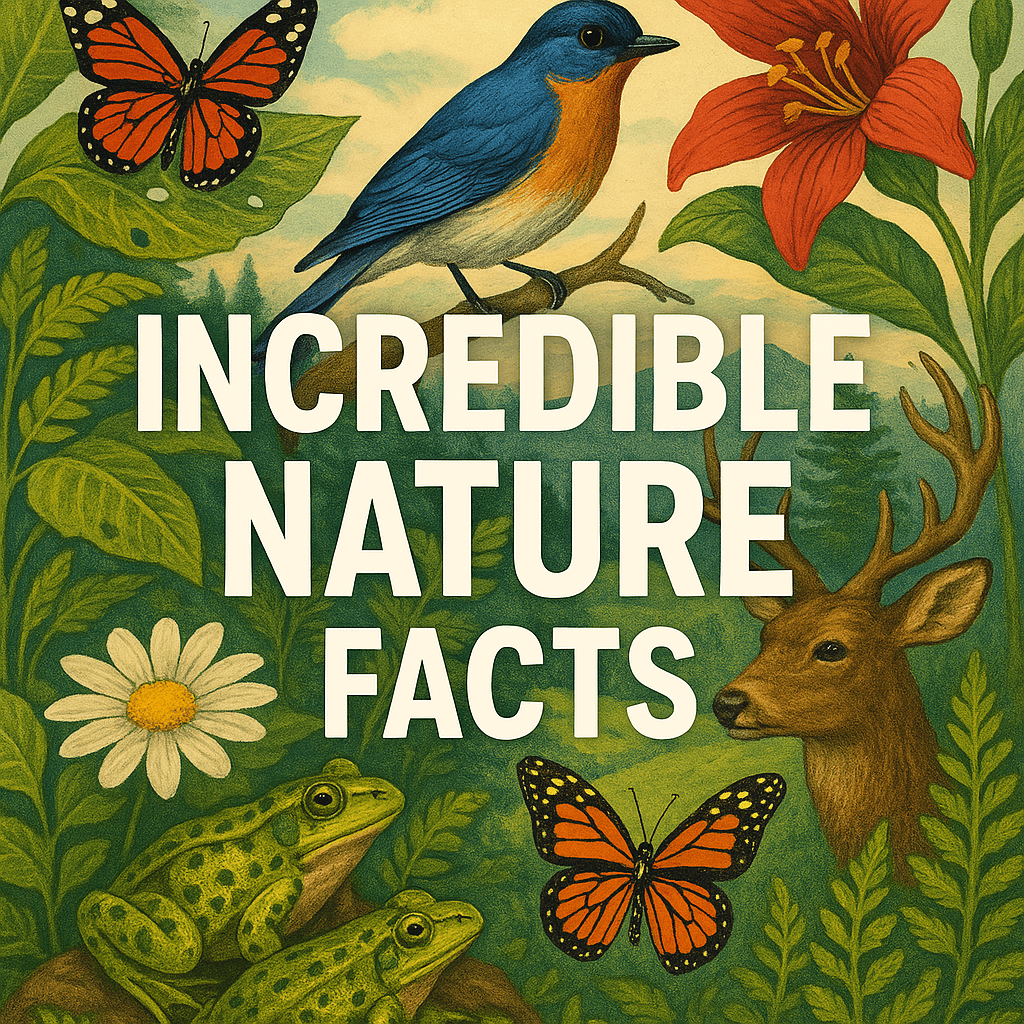
21. Water can boil and freeze at the same time under certain conditions, known as the triple point.
22. Bananas are berries, but strawberries aren’t.
23. A single lightning bolt is five times hotter than the surface of the sun.
24. Octopuses have three hearts and blue blood.
25. A jellyfish known as Turritopsis dohrnii is biologically immortal.
26. Honey never spoils. Archaeologists have found pots of honey in ancient Egyptian tombs that are still edible.
27. A day on Earth was only about six hours long 4.5 billion years ago.
28. The Amazon Rainforest produces 20% of the world’s oxygen.
29. A panda’s diet is 99% bamboo, but they can digest meat.
30. The Eiffel Tower grows about 6 inches in summer due to heat expansion.
31-40: Weird and Wonderful Scientific Phenomena
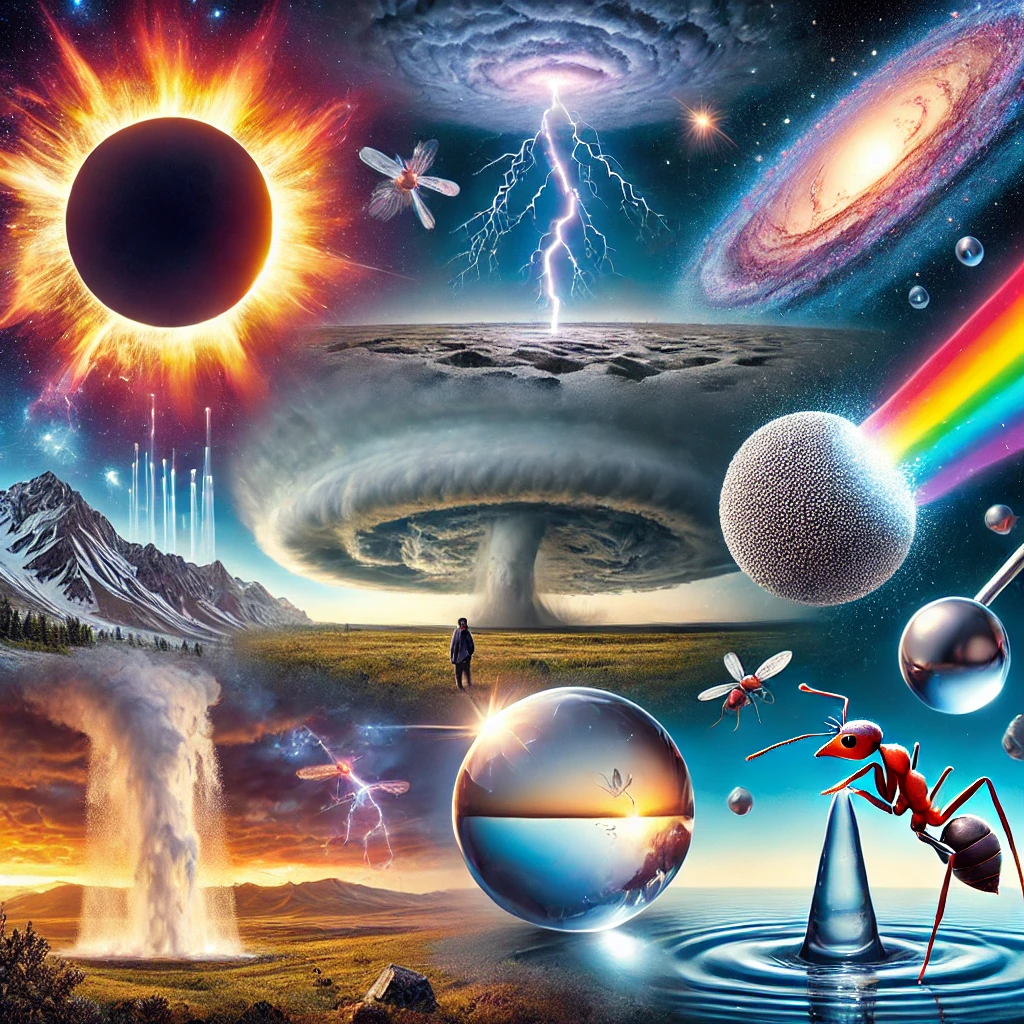
31. Glass is actually a very slow-moving liquid, not a solid.
32. The speed of light is about 299,792 kilometers per second.
33. Hot water freezes faster than cold water in some conditions—this is called the Mpemba effect.
34. A cockroach can live for weeks without its head.
35. Raindrops aren’t teardrop-shaped; they are actually spherical.
36. There is a planet where it rains molten glass sideways due to extreme winds.
37. A single cloud can weigh as much as a million pounds.
38. An atom is 99.99% empty space.
39. If you drill a hole through Earth and jump in, it would take about 42 minutes to reach the other side.
40. There’s enough DNA in the human body to stretch from the Sun to Pluto and back—17 times!
41-50: Fun Facts About Everyday Science
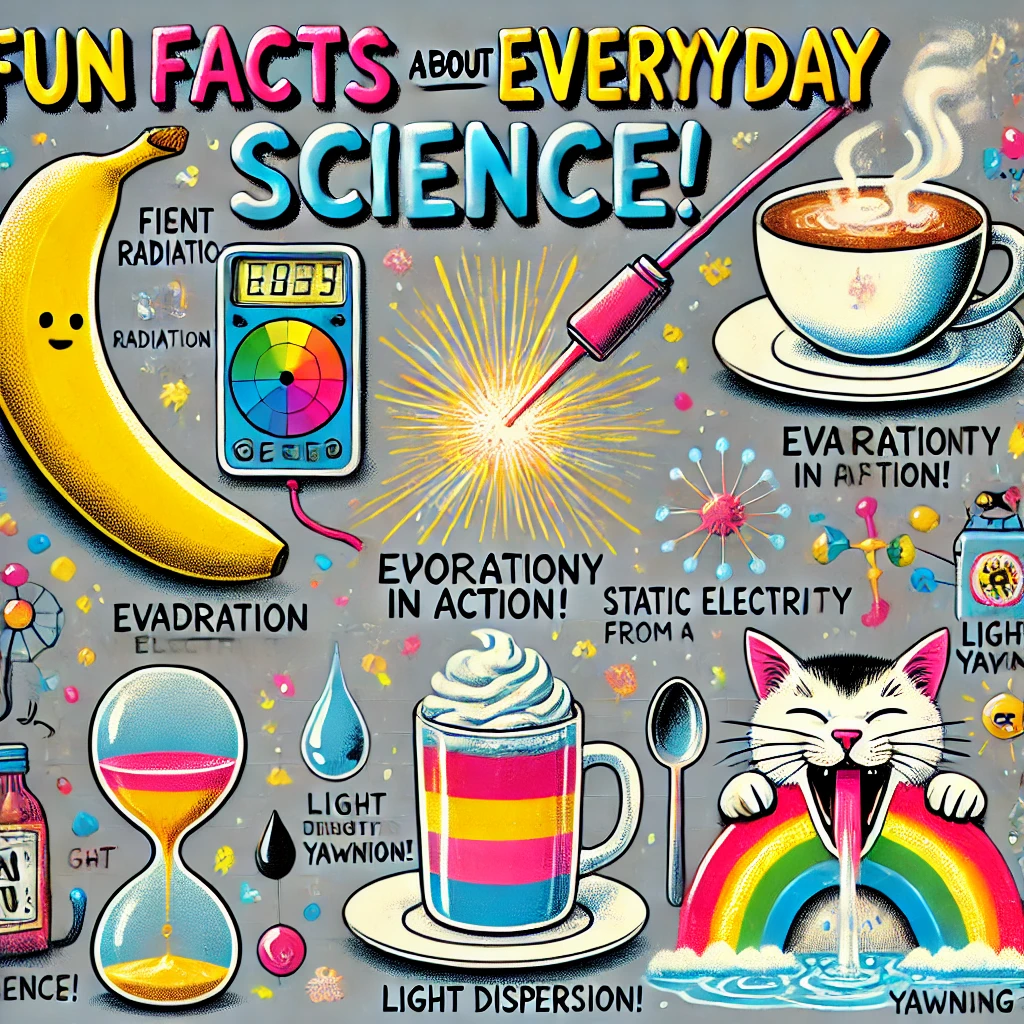
41. The strongest muscle in the human body is the jaw muscle.
42. Sound travels faster in water than in air.
43. The smell of rain comes from bacteria, plant oils, and ozone.
44. The color you see in a soap bubble depends on the thickness of the bubble.
45. The universe is expanding at an accelerating rate.
46. Car tires produce more pollution than exhaust pipes.
47. There is a chemical element named after Albert Einstein—Einsteinium.
48. Gold can be created in a lab by nuclear reactions but is too expensive to be practical.
49. The temperature at the center of the Earth is about as hot as the surface of the Sun.
50. The deepest part of the ocean, the Mariana Trench, is deeper than Mount Everest is tall.
51-100: More Mind-Blowing Science Facts
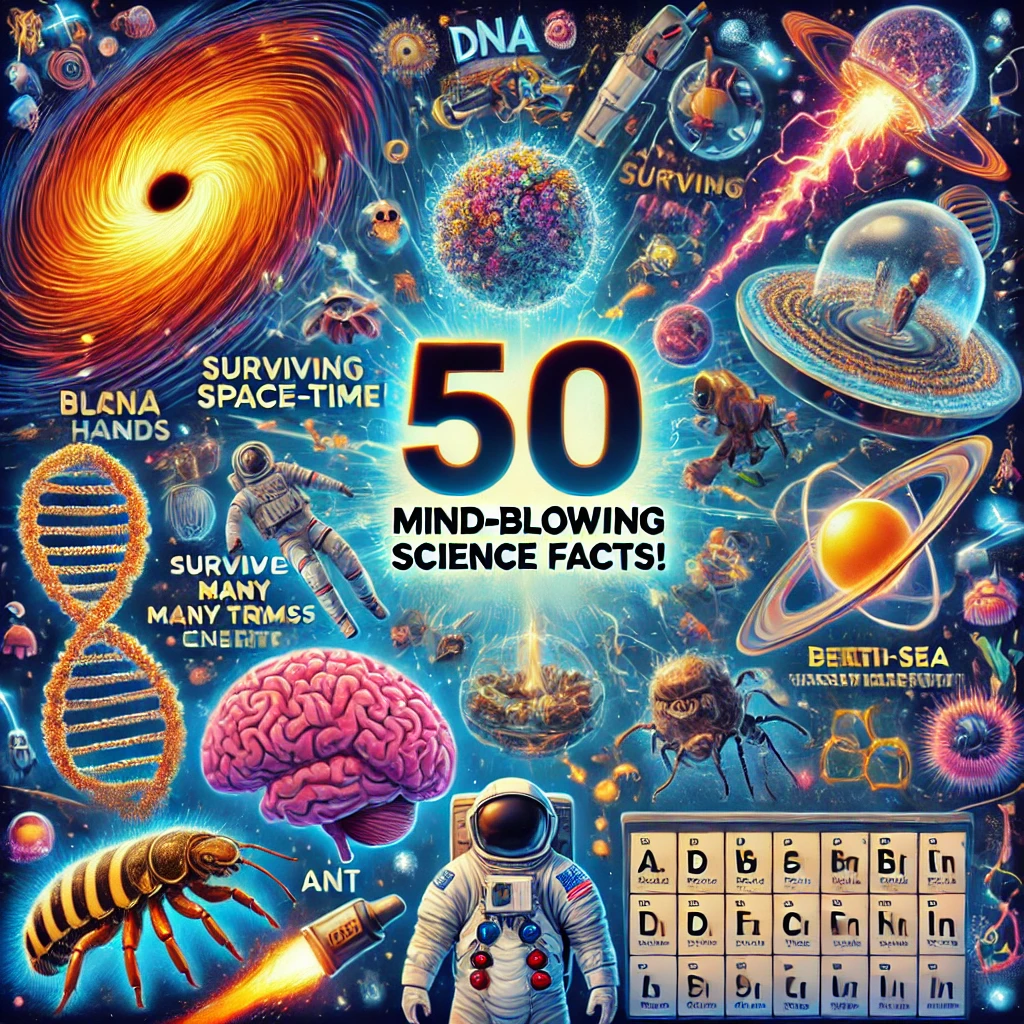
51. Humans share about 60% of their DNA with bananas.
52. The Eiffel Tower can shrink by about 6 inches in winter due to contraction.
53. A single gram of DNA can store 215 petabytes of data.
54. Your brain is more active at night than during the day.
55. The human eye can distinguish around 10 million different colors.
56. A blue whale’s heart is so big that a human could swim through its arteries.
57. The Great Wall of China is not visible from space with the naked eye.
58. The average human produces enough saliva in a lifetime to fill two swimming pools.
59. Some metals, like gallium, can melt in your hand.
60. A flea can jump 350 times its body length.
61. The human body contains around 0.2 milligrams of gold, mostly in the blood.
62. Fireflies produce light through a chemical reaction called bioluminescence.
63. Venus is the hottest planet in the solar system, not Mercury.
64. The DNA in a single human cell, if uncoiled, would stretch about 6 feet.
65. Bacteria outnumber human cells in your body by about 10 to 1.
66. The deepest hole ever drilled by humans, the Kola Superdeep Borehole, reaches 12,262 meters.
67. Cows have best friends and can become stressed when separated.
68. Some species of turtles can breathe through their butts.
69. The world’s oldest known living tree is over 4,800 years old.
70. There are more fake flamingos in the world than real ones.
71. Some frogs can freeze solid in winter and thaw out alive in spring.
72. A shrimp’s heart is located in its head.
73. The ozone layer smells like burnt gunpowder.
74. The Sahara Desert was once a lush green land.
75. The average person walks the equivalent of five times around the world in their lifetime.
76. Butterflies can taste with their feet.
77. Spiders can regrow lost legs in some species.
78. A bolt of lightning contains enough energy to toast 100,000 slices of bread.
79. Some fish can recognize themselves in a mirror.
80. The world’s quietest room is so silent that you can hear your own heartbeat.
81. The speed of a sneeze can exceed 100 miles per hour.
82. Human blood is red due to iron in hemoglobin.
83. The first computer was invented in 1822 by Charles Babbage.
84. The average human brain weighs about 3 pounds.
85. The Antarctic ice sheet holds about 60% of the world’s fresh water.
86. A group of flamingos is called a “flamboyance.”
87. The world’s largest living organism is a fungus in Oregon covering 3.8 square miles.
88. Dolphins sleep with one eye open.
89. The smallest bone in the human body is in the ear.
90. The sun’s core temperature is about 27 million degrees Fahrenheit.
91. The longest-living cells in the human body are brain cells.
92. An ant can lift 50 times its own weight.
93. The Earth’s rotation is slowing down slightly over time.
94. The Milky Way is on a collision course with Andromeda.
95. Some mushrooms can glow in the dark.
96. Humans can survive longer without food than without sleep.
97. The heart of a sea cucumber is in its head.
98. A jellyfish’s body is 95% water.
99. There are more atoms in a glass of water than glasses of water in all the oceans.
100. The heaviest living organism is a grove of aspen trees in Utah, all connected underground.
Final Thoughts
Science is full of surprises! These fascinating facts about science prove how incredible and mysterious our universe is. Keep exploring, stay curious, and continue learning more about the wonders of science!
Discover more from Scientific Memes
Subscribe to get the latest posts sent to your email.

